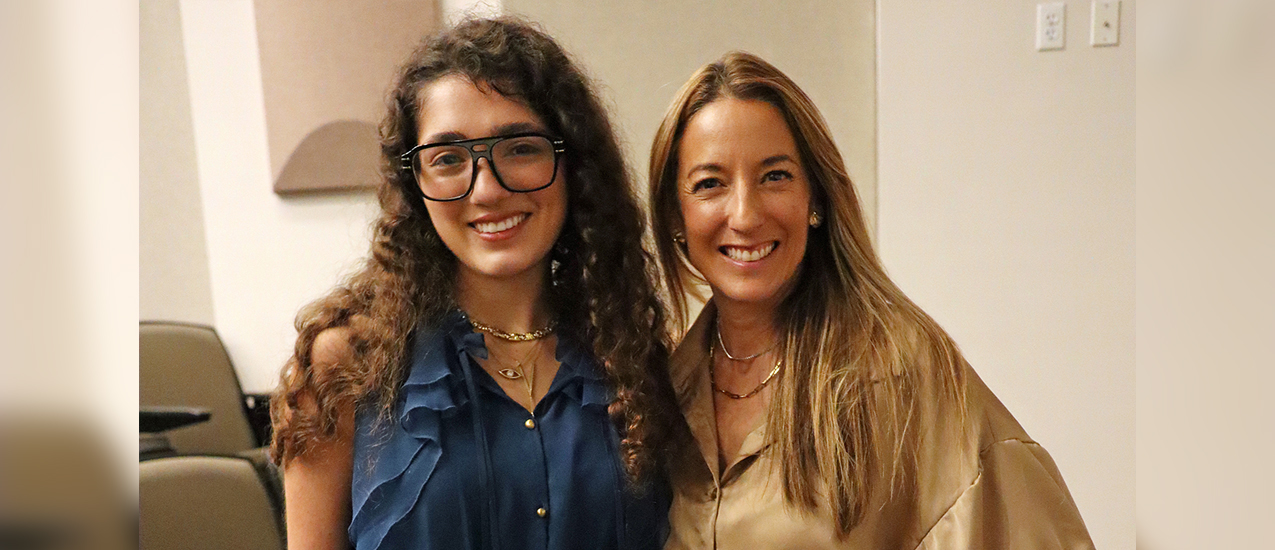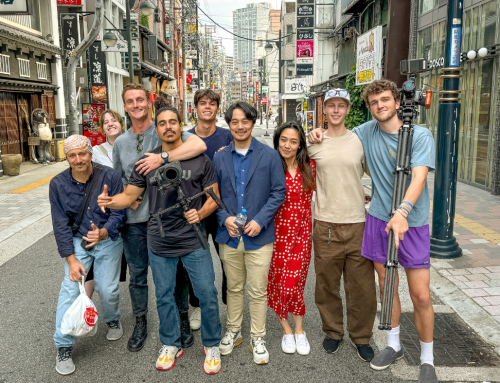By Leen Shlomo
In March 2023, the Media Management Association (MMA) invited Lucia Sotres to discuss the evolution of media and advertising in the last 10 years. Originally from Mexico City and speaking four languages (English, Spanish, French, and German), Sotres is currently Condé Nast’s luxury account director for Mexico and Latin America. Condé Nast, owned by Advance Publications, has been a leading media company for more than 100 years, publishing such magazines as Vogue, GQ, Glamour, and Vanity Fair, and reaching over 270 million consumers in 32 markets. Before joining Condé Nast, Sotres managed marketing and advertising accounts at such companies as Royal Sun Alliance, Nexogy Communications, and CNN.
Before the advent of the internet and social media, Condé Nast was flourishing through its print magazines. However, since then, it was crucial not just for Condé Nast, but for all magazines to adapt to the rapid change and evolution of the digital age. In fact, Condé Nast has adapted so well to this new environment that print magazines are no longer its main source of profit.
Sotres defined advertising as the “practice of creating and distributing promotional messages to a target audience.” Compared to traditional media, digital media provide substantial benefits including greater reach, more precise targeting, lower costs, greater flexibility, and better measurement/tracking.
How have companies like Condé Nast adapted to these dramatic changes? First, the creation of mobile-friendly and interactive ads have offered a new way for companies to reach consumers and increase their profit margins. Social media influencers have also been on the rise in recent years. These influencers offer an authentic voice to their followers and are able to reach a much larger (and generally younger) audience. The use of personalized ads has allowed companies to tailor ad experiences by acquiring extensive consumer data covering demographics and interests. Finally, programmatic advertising has enabled companies to use algorithms to buy and sell digital ad space to target specific audiences.
Under CEO Roger Lynch’s leadership, Condé Nast’s properties have not only successfully managed to keep up with their financial goals, but have also flourished in the ever-changing digital media and technological climate. For example, Vogue created its own “Get Ready With Me” video series after the popularity of these types of videos skyrocketed on TikTok. Their videos have featured many celebrities and attracted millions of viewers while growing their audience, digital media presence, and potential ad revenue through e-commerce.
So what do these developments mean for the future of advertising? Sotres mentioned that with the creation of virtual reality and artificial intelligence, more companies are beginning to create new and innovative experiences for their consumers. For instance, Domino’s Pizza’s virtual showroom utilizes artificial intelligence to create chatbots that allow their customers to order pizzas more conveniently.
Sotres shared two final thoughts with Media Management students. First, with technology and the digital media landscape constantly evolving, businesses must be able to adopt new technology and techniques to better customize their consumers’ experiences. The best companies are the ones that can successfully communicate with their audiences; thus, it is important to stay ahead of the curve. Second, she urged businesses to “take action now and invest in the latest advertising and media technologies.”







